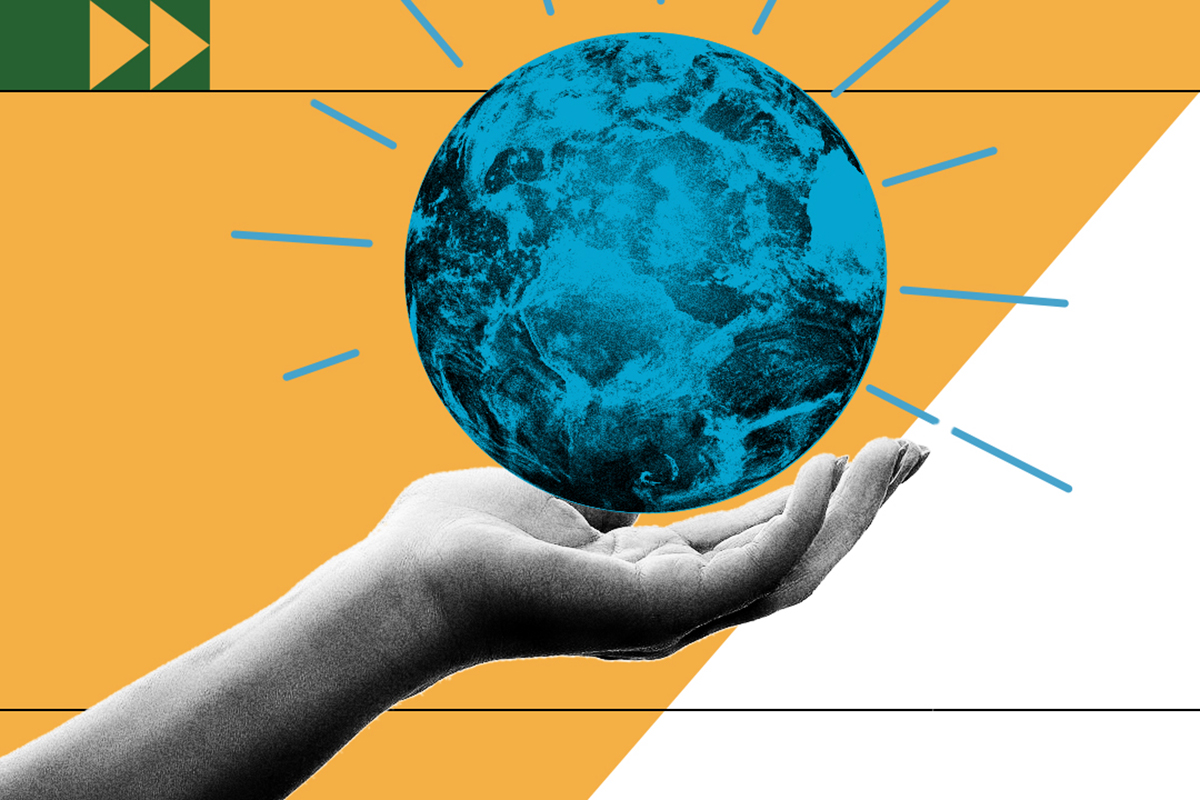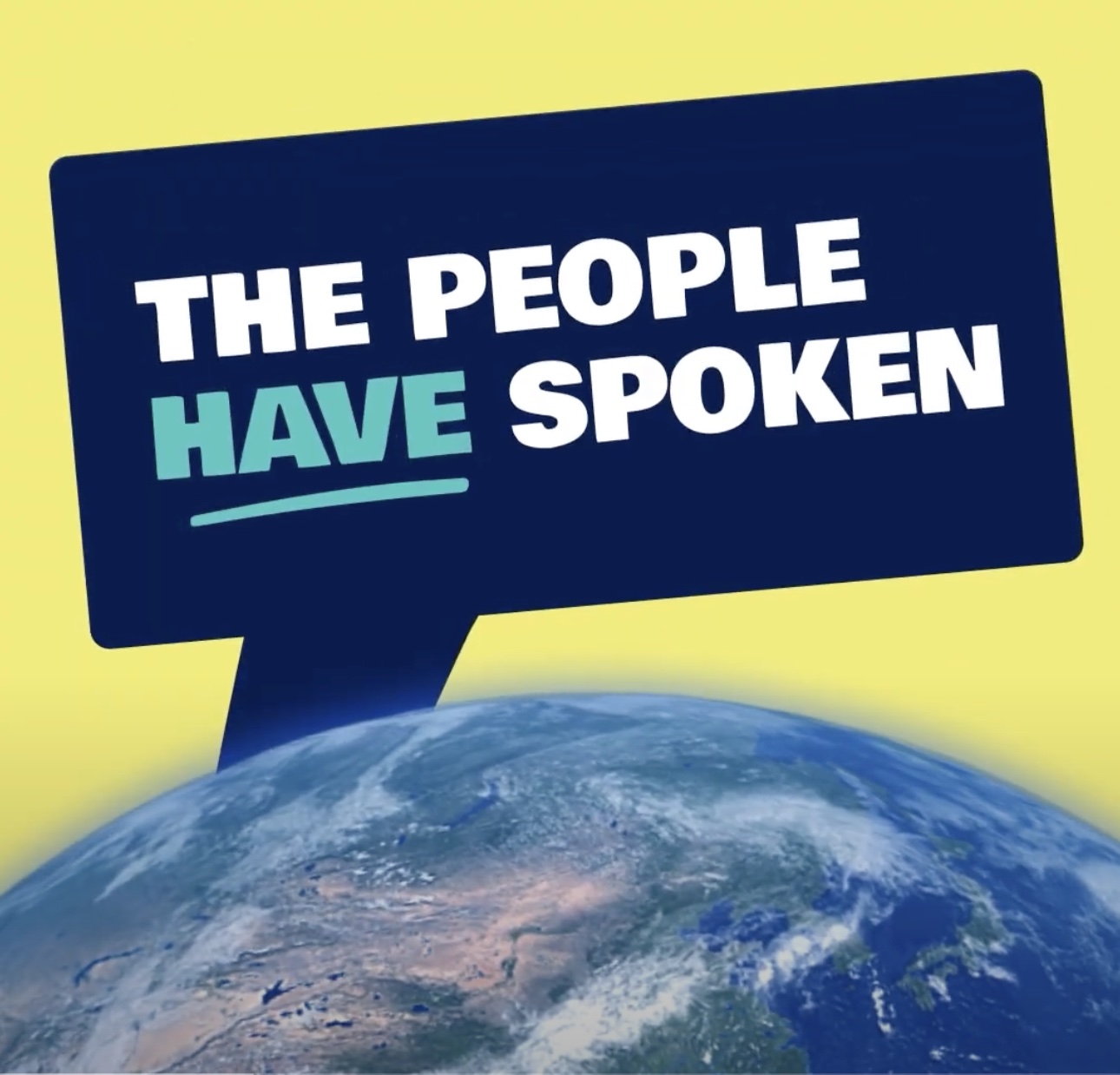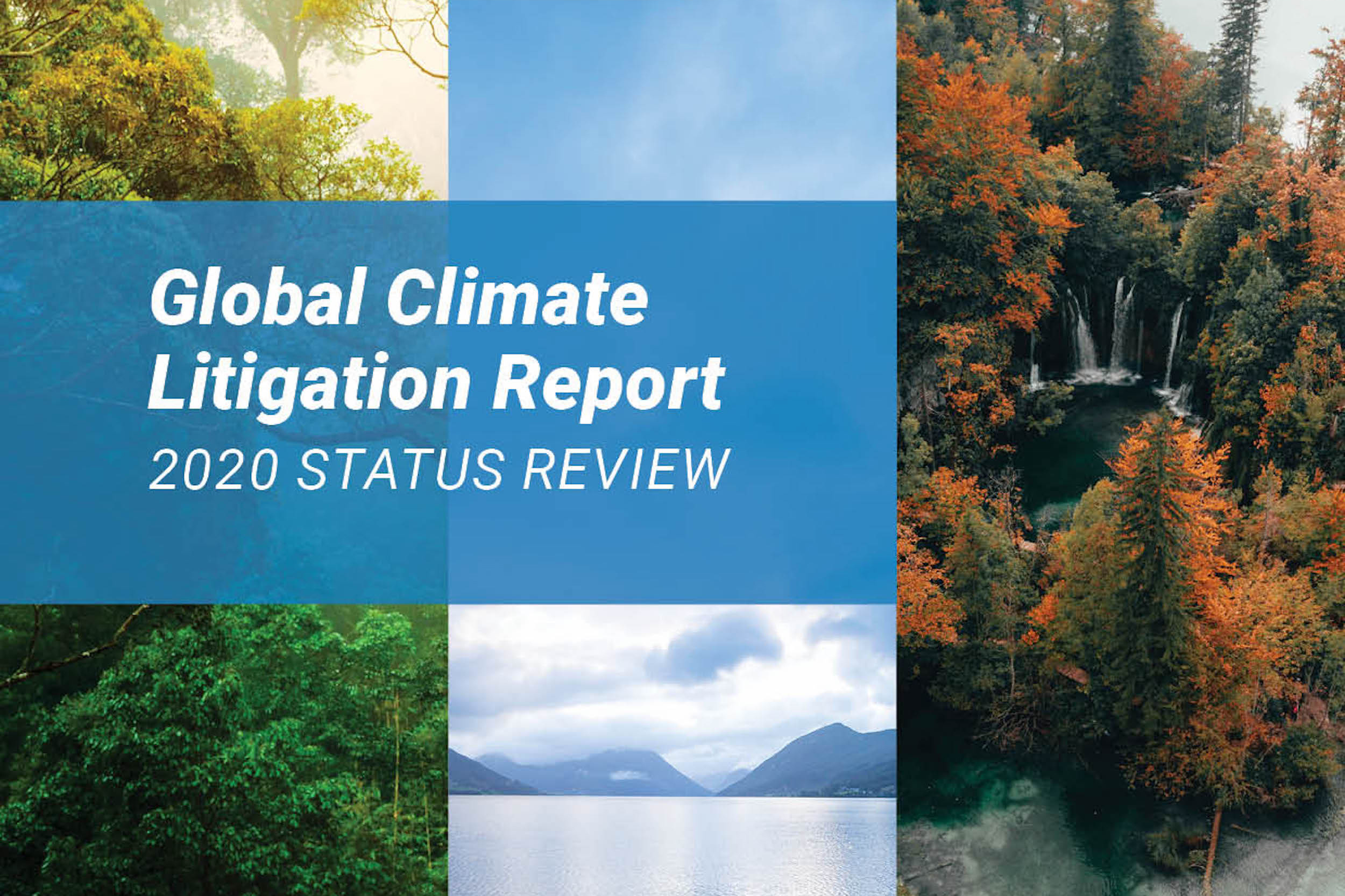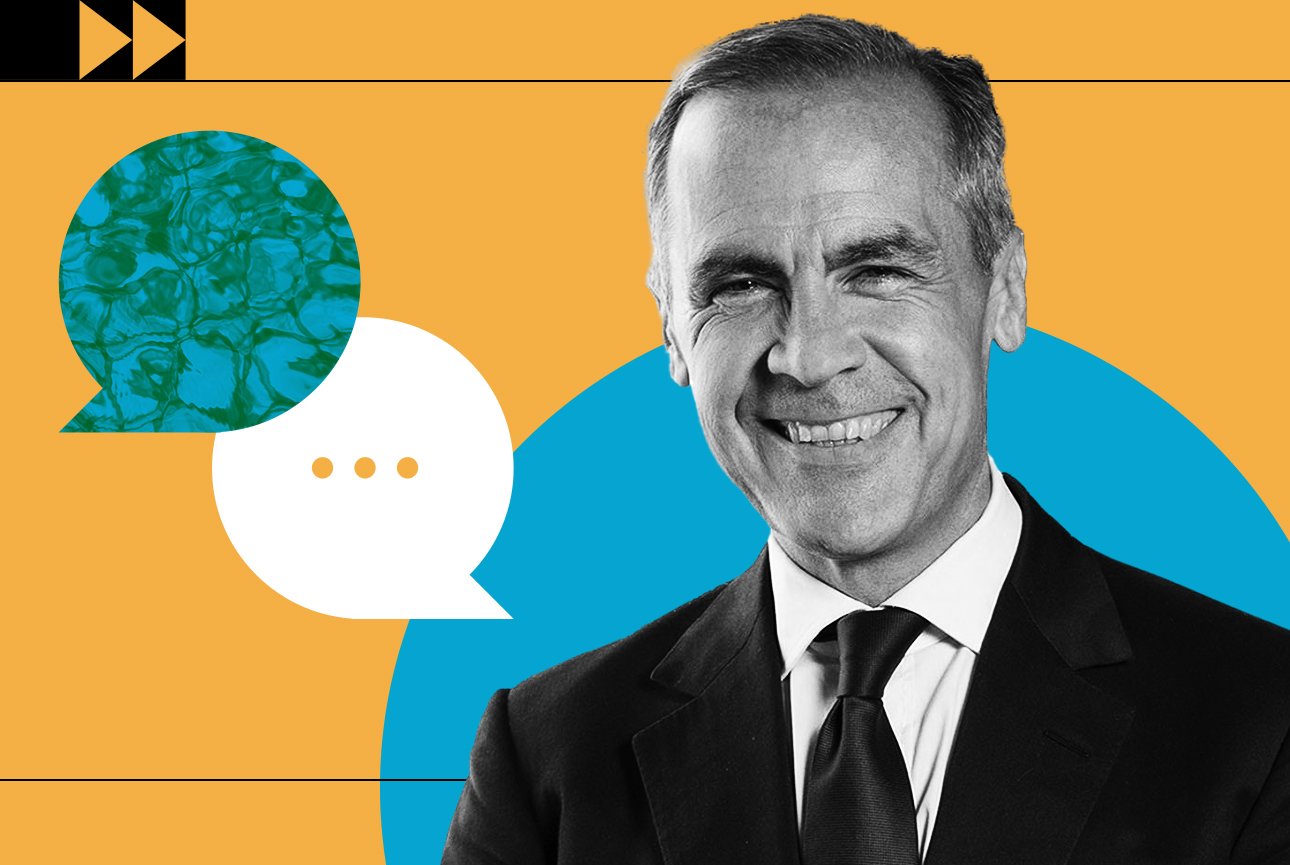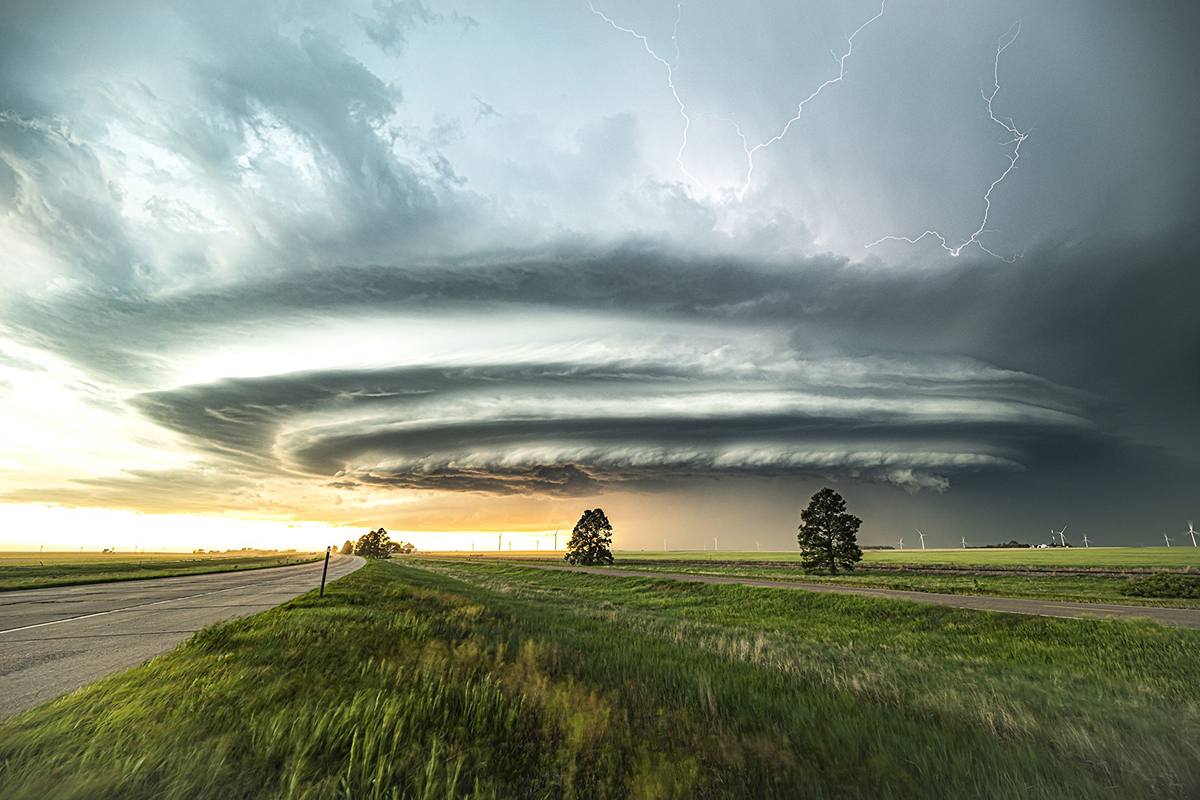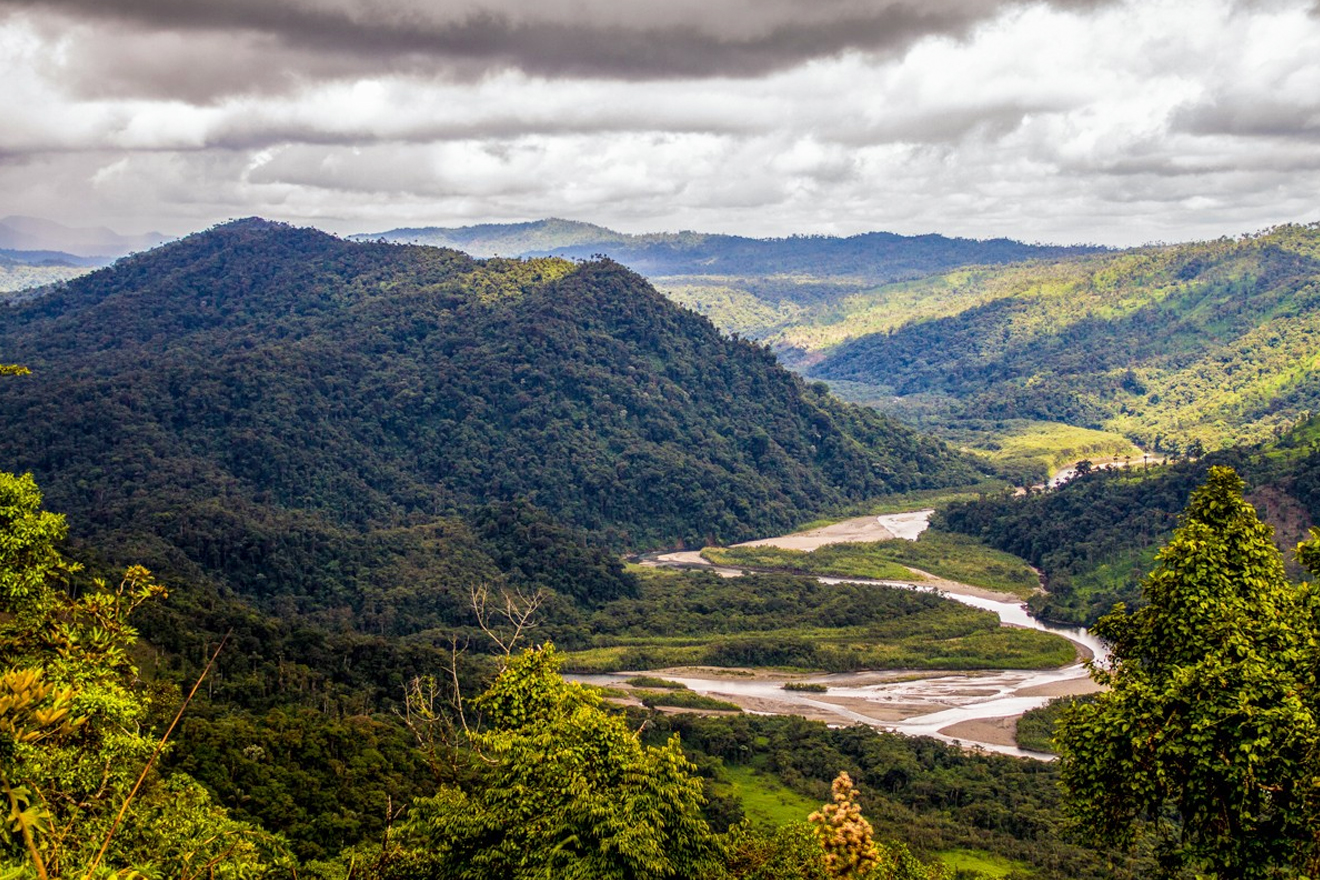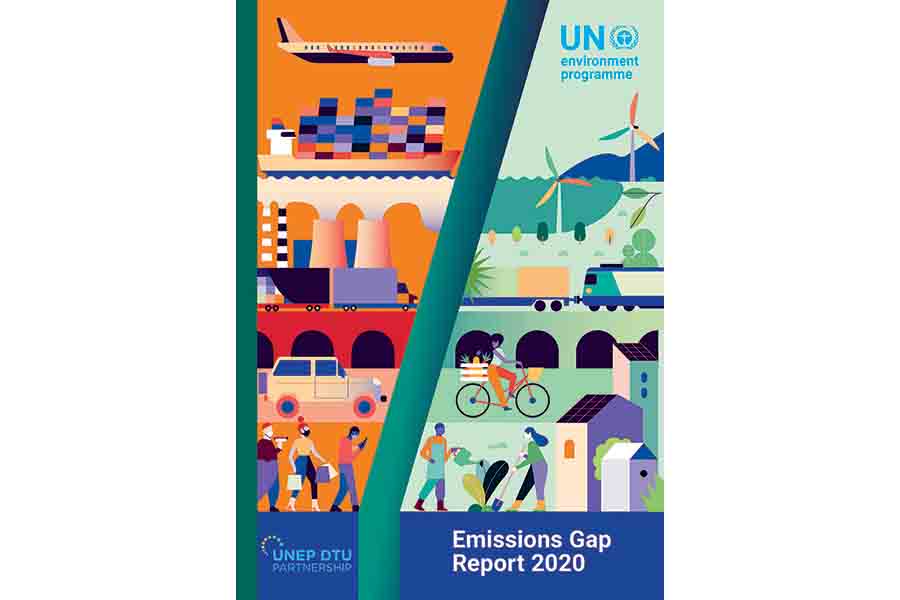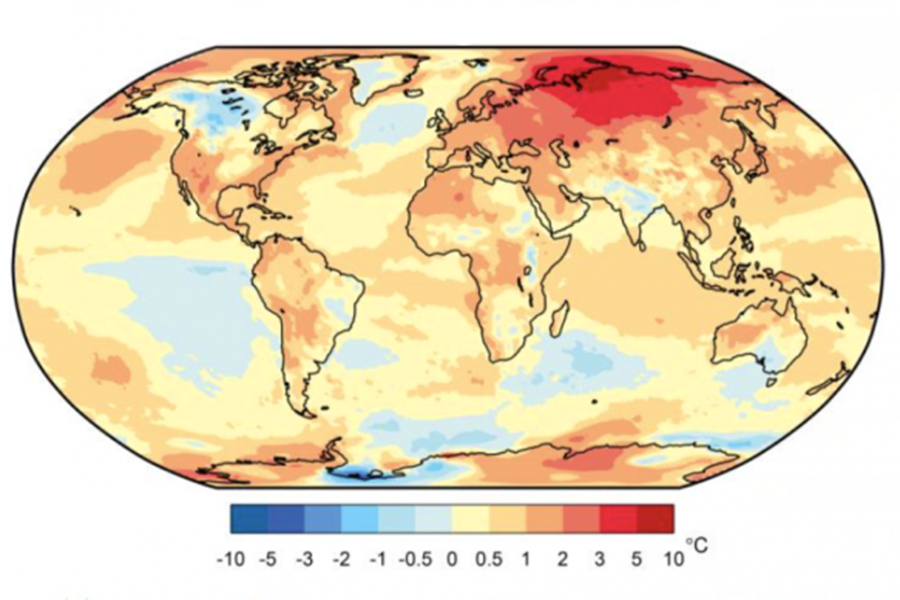What would the world look like if we hadn’t saved the ozone layer? It’s 2084 and the disease known as the GROW has taken over. Three teenagers, Knox, Sagan and Terran, find themselves on an epic adventure to save themselves and the world.
Climate
In December 2019, UNDP Fiji through the Accelerator Lab Pacific embarked on an experiment to understand the interplay between traditional knowledge, cultural identity and climate resilience. The Accelerator Lab Pacific hypothesized that if communities revived their traditional practices, it would help towards strengthening cultural identity and then in turn improve climate resilience, through better relationship with their biodiversity and natural resources. Vusama village, on the south west coast of Fiji’s main island Viti Levu, which was the traditional custodian of salt making, but had not practiced it for more than 50 years, was set up a demonstration site for salt making revival.
The climate crisis is a humanitarian crisis. Members of the IASC highlight how global climate action must prioritize support to the most vulnerable in preventing, preparing for and adapting to the ongoing crisis.
Race to Zero is a global campaign to rally leadership and support from businesses, cities, regions, and investors for a healthy, resilient, zero-carbon recovery that prevents future threats, creates decent jobs, and unlocks inclusive, sustainable growth. Reaching net zero greenhouse gas emissions by the middle of the century is crucial to achieve the temperature goals of the Paris Agreement on climate action, with clearly defined interim goals. The “Race to Zero Breakthroughs'' have been published in a special paper, which sets out near-term goals for more than 20 sectors that make up the global economy, forming a master plan around which business, governments, and civil society can unite ahead of the UN Climate Change Conference in November.
In a recent interview, UN Special Envoy on Climate Action and Finance Mark Carney spoke about how private finance is increasingly aligned behind achieving net-zero greenhouse gas emissions. He underlined that people everywhere should keep up the pressure in calling for climate action: "Don’t assume that your politician cares about this issue as much as you do. But they will the more you and others raise it with them. And now is the time, because climate is becoming a mainstream issue, and a lot of big decisions are being taken."
The COVID-19 pandemic is likely to hamper the efforts of developing countries to adapt to the climate crisis. This is the analysis of Dr.
This video explains the basics of the #ParisAgreement: the international UN treaty of 2015 that aims to tackle #ClimateC
More than 1,100 photographs were submitted to the competition, which has become one of WMO’s most popular fixtures. Of these, 70 photographs – in keeping with the World Meteorological Organization’s 70th anniversary – were selected for public voting on social media. Following the social media voting, a WMO jury of meteorologists and photographers selected 13 winning photos for the calendar (one per month, plus cover photo). The final selection was based on votes, photographic merit and meteorological interest, like this supercell in Colorado.
Five reasons to be optimistic about climate action
There are encouraging signs, from the world’s largest economies to Small Islands Developing States and Least Developed Countries, that remind us of our potential if we accept responsibility and embrace solutions. On the eve of the fifth anniversary of the Paris Agreement, here are five key reasons to be optimistic.
Some 2 million people and 20 million livestock inhabit the semi-arid plains of East Darfur. A rising population and more frequent climatic variability, combined with ineffective governance and policies have put a severe strain on natural resources, such as water and land. These challenges have been exacerbated by a major armed conflict in Darfur that began in 2003. In a number of communities across East Darfur, things are slowly starting to change, with women playing a greater role in various decision-making processes.
Kiribati risks becoming the first country to lose its land territory to climate change, as sea levels rise. Supported by the UN Office for Disaster Risk Reduction, Kiribati's people are working to protect their islands, planting mangroves and preserving the shoreline.
For over a decade, the UNEP Emissions Gap Report has provided a yearly review of the difference between where greenhouse emissions are predicted to be in 2030 and where they should be to avoid the worst impacts of climate change. The report finds that, despite a brief dip in carbon dioxide emissions caused by the COVID-19 pandemic, the world is still heading for a temperature rise in excess of 3°C this century – far beyond the Paris Agreement goals of limiting global warming to well below 2°C and pursuing 1.5°C.
Climate change continued its relentless march in 2020, which is on track to be one of the three warmest years on record. 2011-2020 will be the warmest decade on record, according to the WMO.


